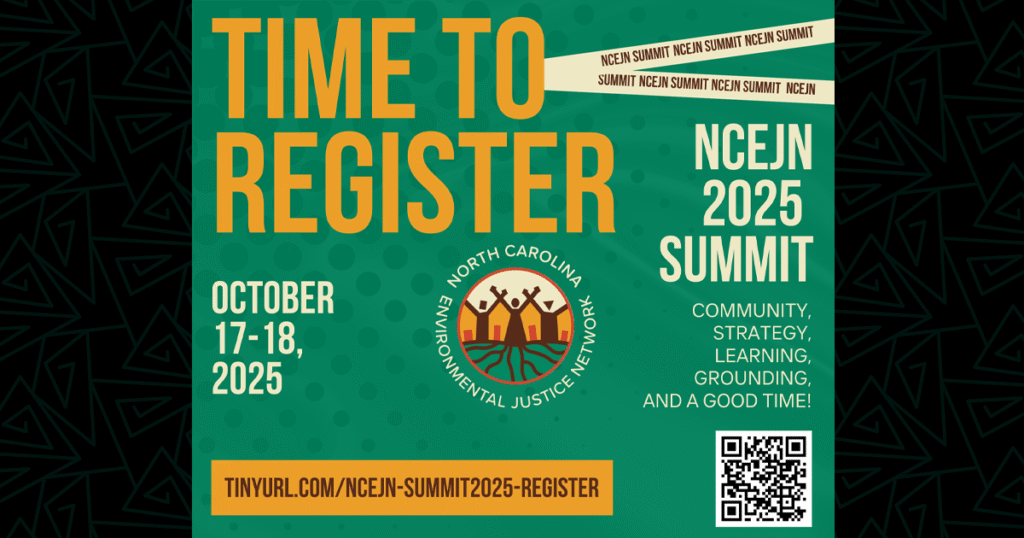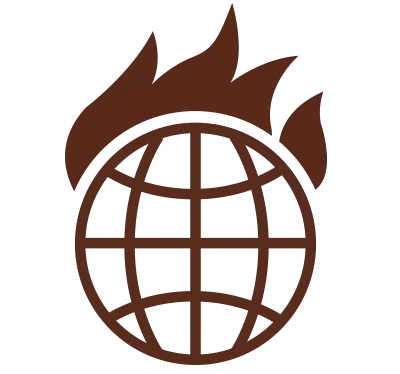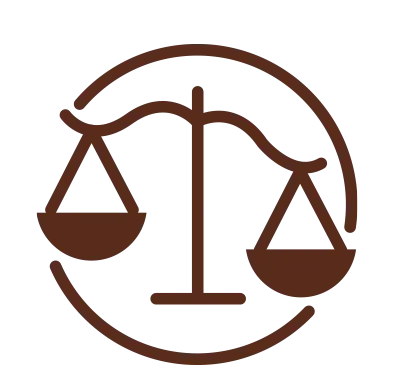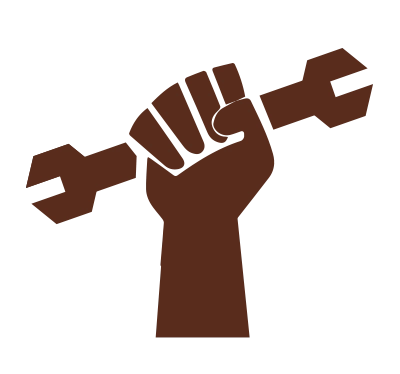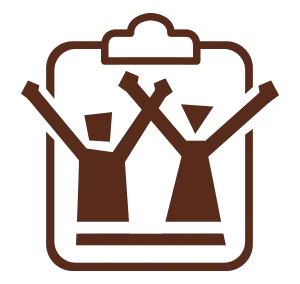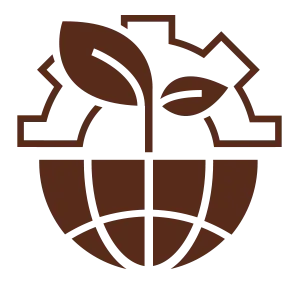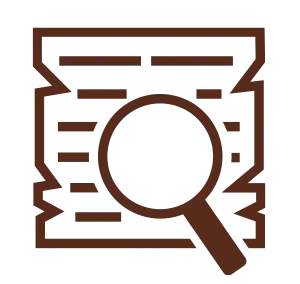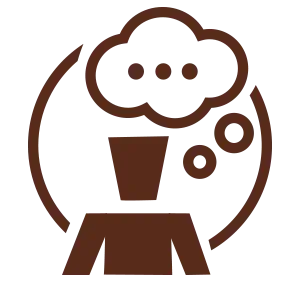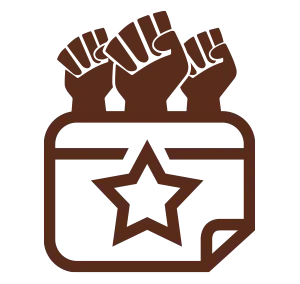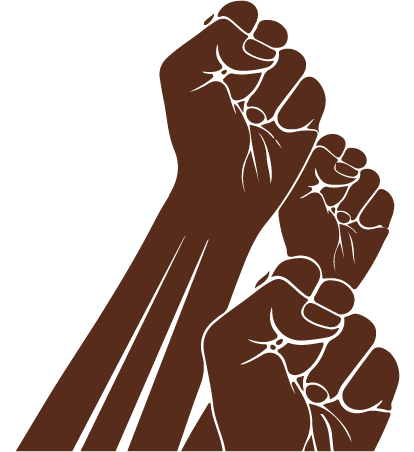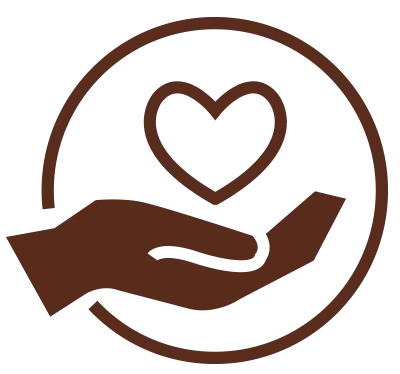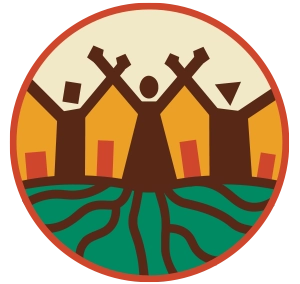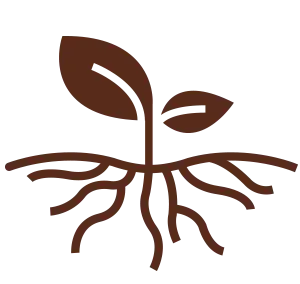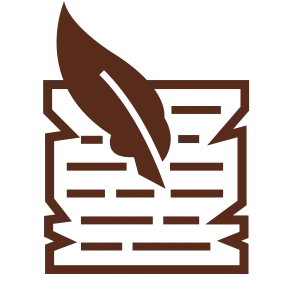Beverly A. Scarlett, Co-Founder & Director of Education, Indigenous Memories
Few people are willing and less can express gratitude for togetherness. Something so simple can be challenging, but not for me. I am most grateful that Dani Lin Hunter and her intern, Colleen, asked “are those seats taken-may we sit here?” We attended the Yéash Tribunal at Haw River State Park on June 1, 2024. I said “yes,” and my life was changed that very moment.
I am a retired district court judge. I spent more than 33 years in courthouses in Orange and Chatham counties. I helped many people during my journey from defense attorney to prosecutor to judge. I always asked parents stand up so I could be the first to applaud them as I signed an order returning children to their custody while decreeing there was no further need for oversight from the department of social services. I remember parents’ tears of joy. I remember parents becoming speechless knowing they accomplished something they believed was insurmountable.
Around 2006, I was in the woods on family land hiking with members of my community. We were looking for remnants of the Historic Indian Trading Path (also known as the Occaneechi Trading Path). Out of nowhere, it seems, we walked upon a conical mound of stones. I am 5’7 ½.” At the time the mound appeared to be 6-6.5’ tall. I asked our leader what is that? He replied “oh, just a farmer’s rock pile.” I grew up farming the land on both sides of that lot. We never piled rock. We threw them out of the fields but never took the time to neatly arrange the rocks. While looking at the conical stone mound, I saw rocks overlapping rocks. I saw rocks wedged between rocks. Had I done that my father would have said “quit burning daylight-we need to get these plants in the ground.”
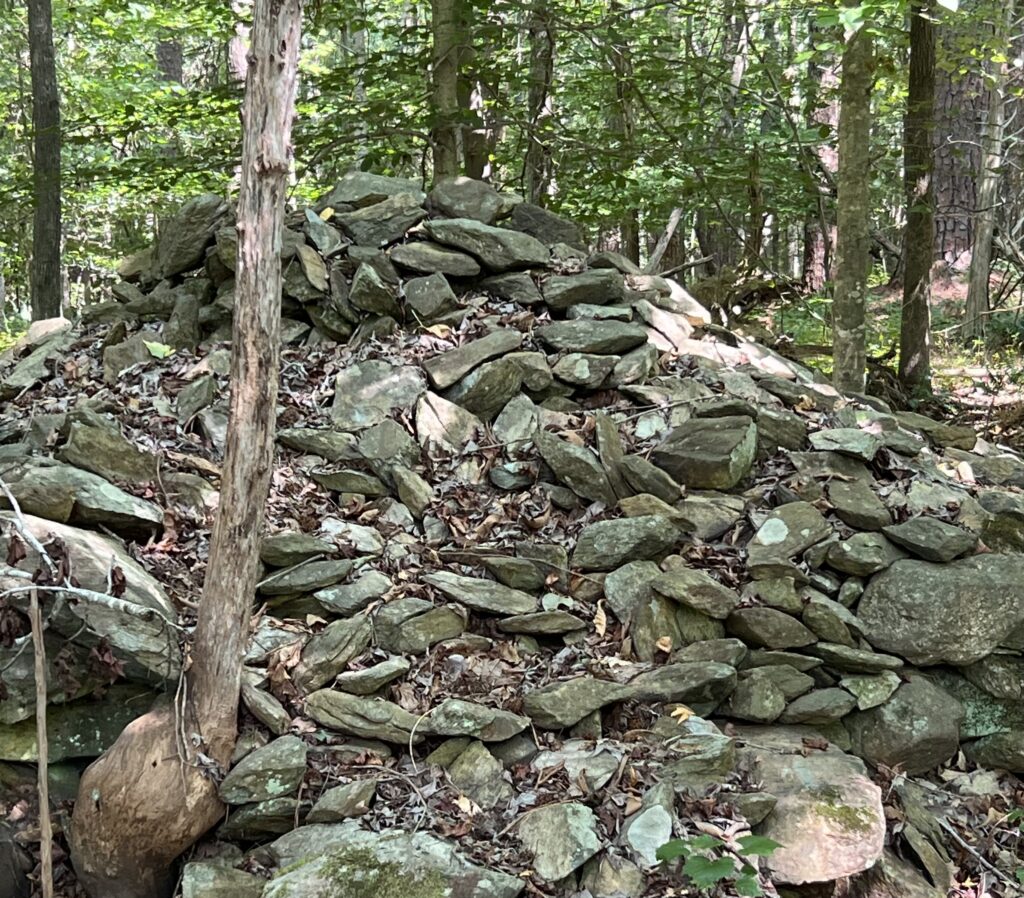
There was a certain spirit about the large conical mound. I could not stop thinking about it. I went on the internet and began a course of study on Indigenous burial practices and burial mounds. I studied the subject for several years. I conferred with history professors and an archaeologist who stated “in more than 30 years of practice, I have never seen anything like this. I got lost in the woods 5 times trying to get back to the large conical mound. While lost in the woods, I discovered more mounds. My neighbors were kind and made paths to take me to the various mounds. I started visiting the mounds frequently. I even stumbled upon artifacts. I was commencing a new kind of work and decided to form a non-profit which I named Indigenous Memories.
When Dani and Colleen sat beside me on June 1, 2024. I started talking about the mounds. I followed up afterwards and invited them out to see for themselves. Valerie, Dani, Chris, Colleen and Emma came out for a tour and learned about my heritage, amą:i mi (my land), mani: Eno (the waters of the Eno River), and hatkóx (the path referring to the Historic Indian Trading Path).
After 3 hours of sharing and discovery. I saw the team from North Carolina Environmental Justice Network huddle. I was certain they were discussing lunch plans. As we took the long walk back to our cars, Chris began asking me questions. “Do you know how you will document what we saw today? What is your ultimate goal? Are you willing to teach the art of dowsing? What if NCEJN designed an app that would allow you to record the information obtained, geolocate each mound, and photograph each mound? Is that of interest to you? An app like on my phone, I asked. Chris said “yes!” At that moment, this alleged stoic judge began to shed tears. “You mean I can actually get all this done before I die?” Chris responded “yes.” Then, I experienced an overwhelming joy of accomplishment the same as court involved parents. In my lifetime, I will document, tell the stories, and preserve the burial spaces of my ancestors. It all began with a true power lunch.
Bi:wa (Thank You NCEJN!)
Ale:wa (that is all),

